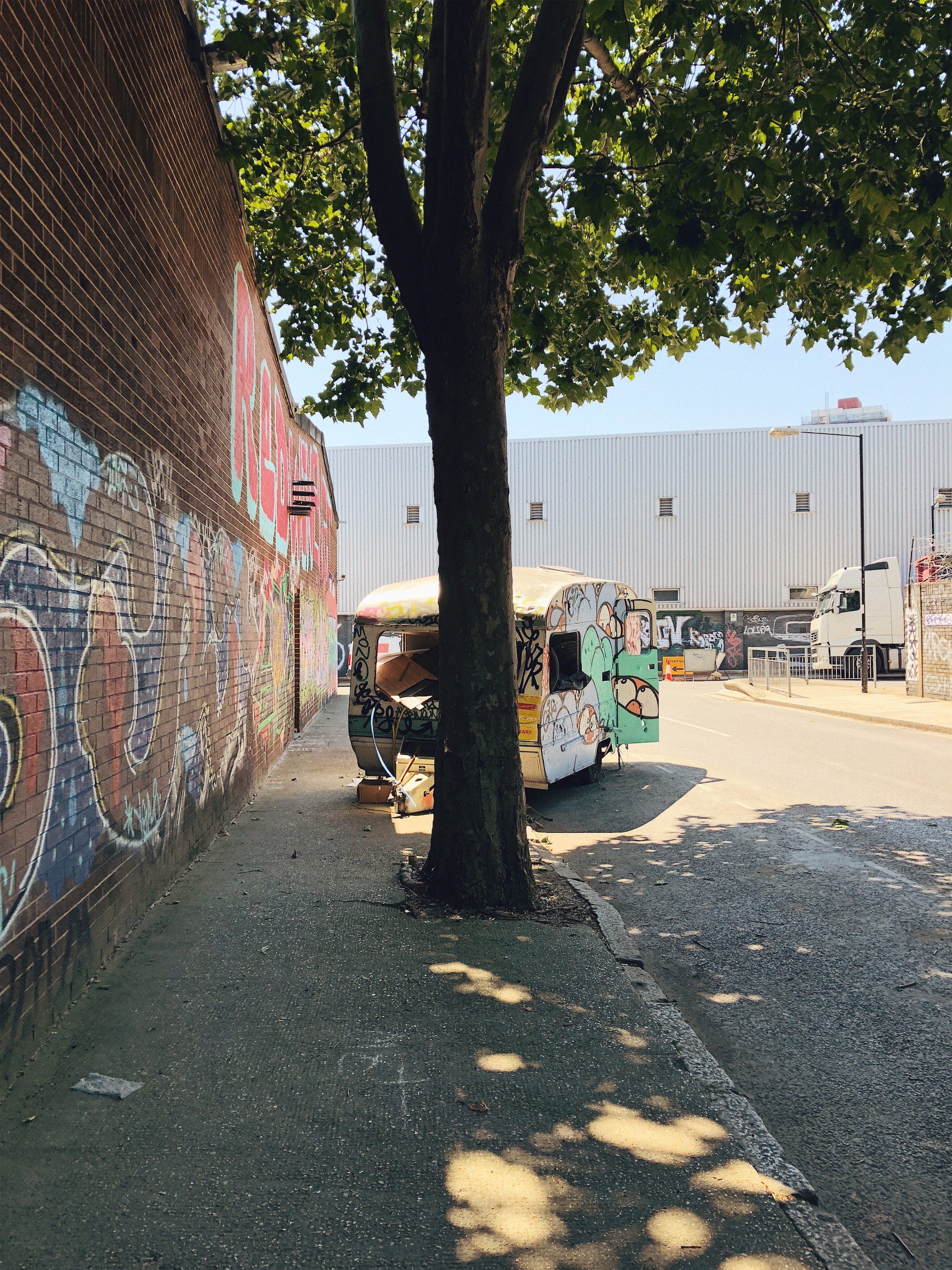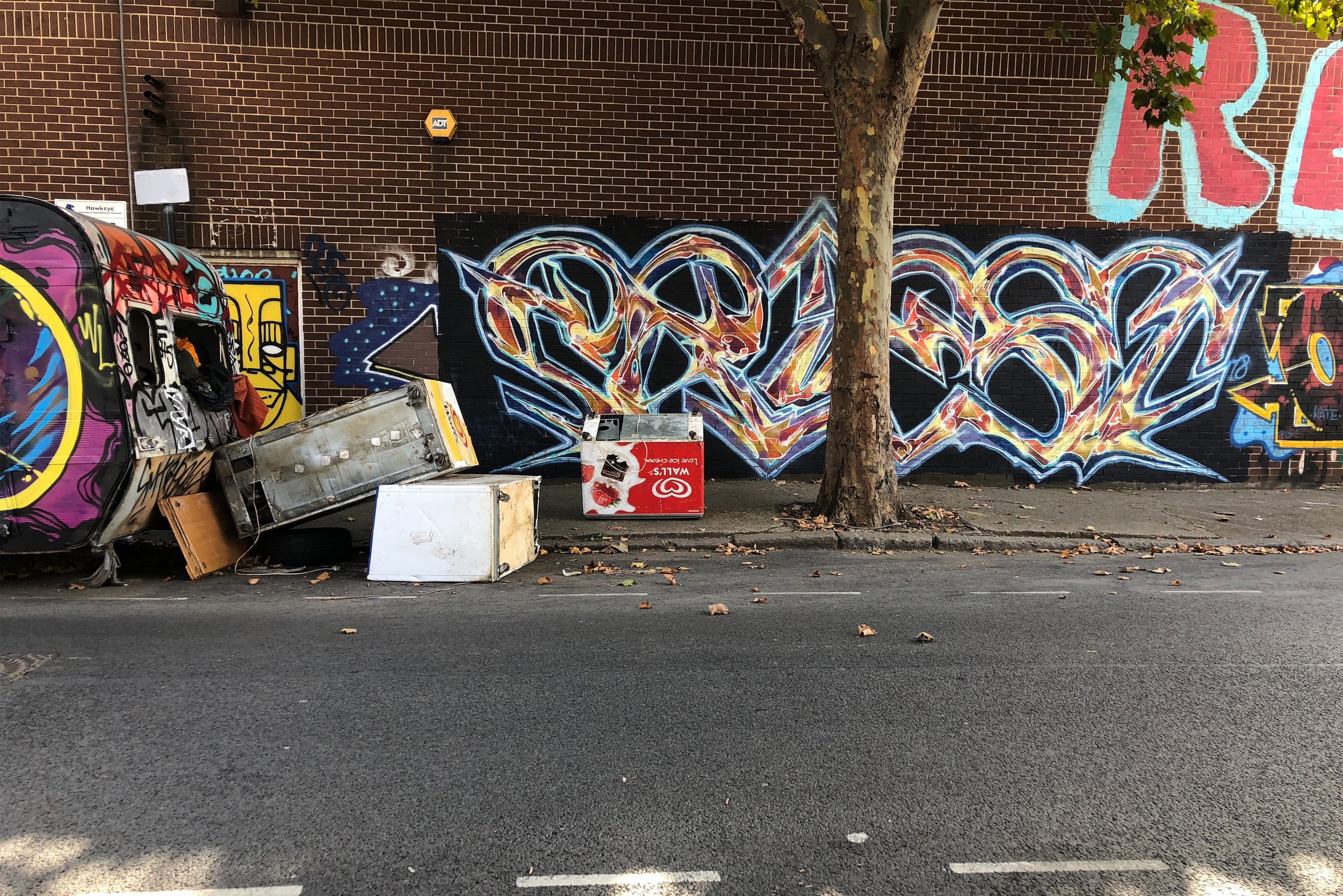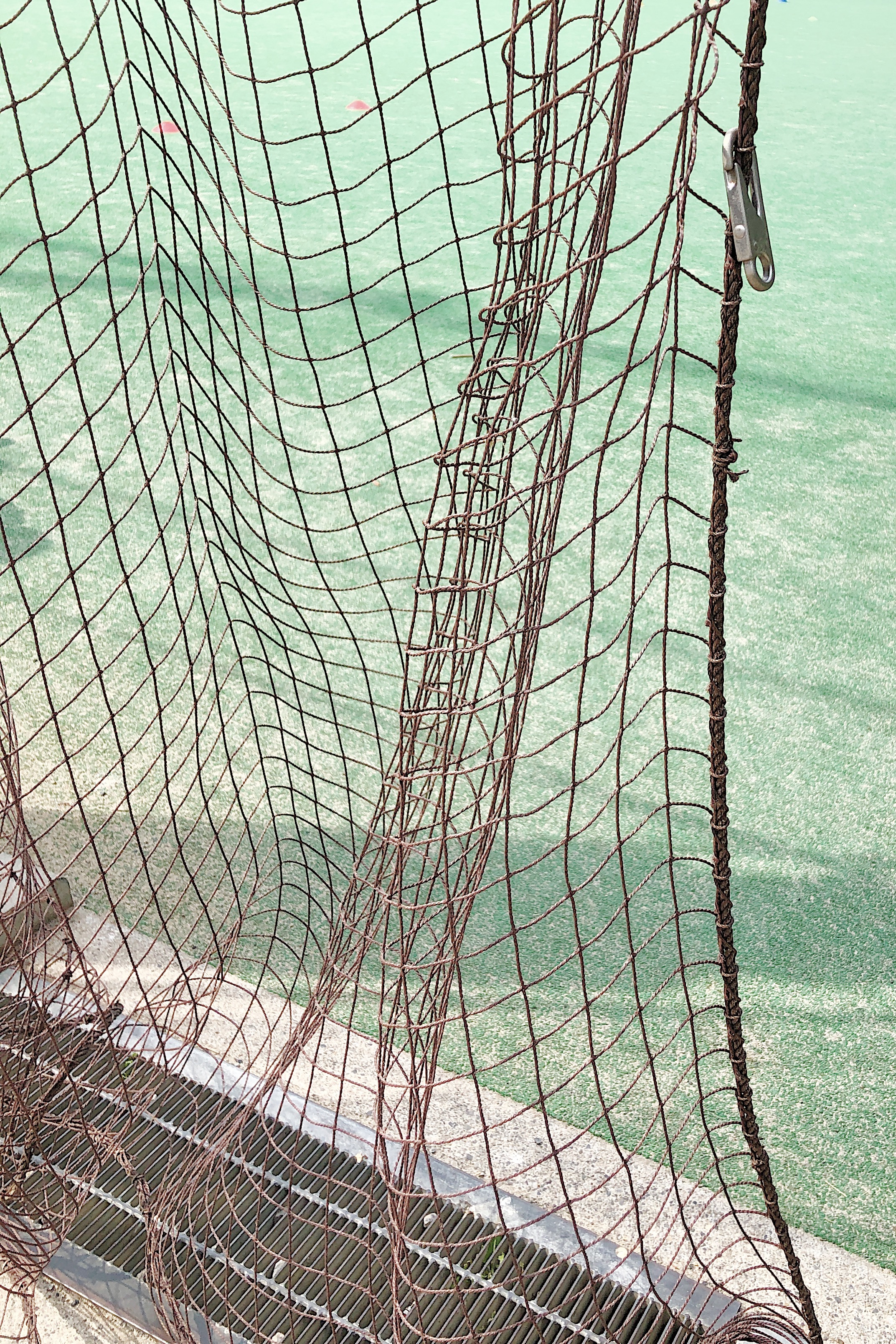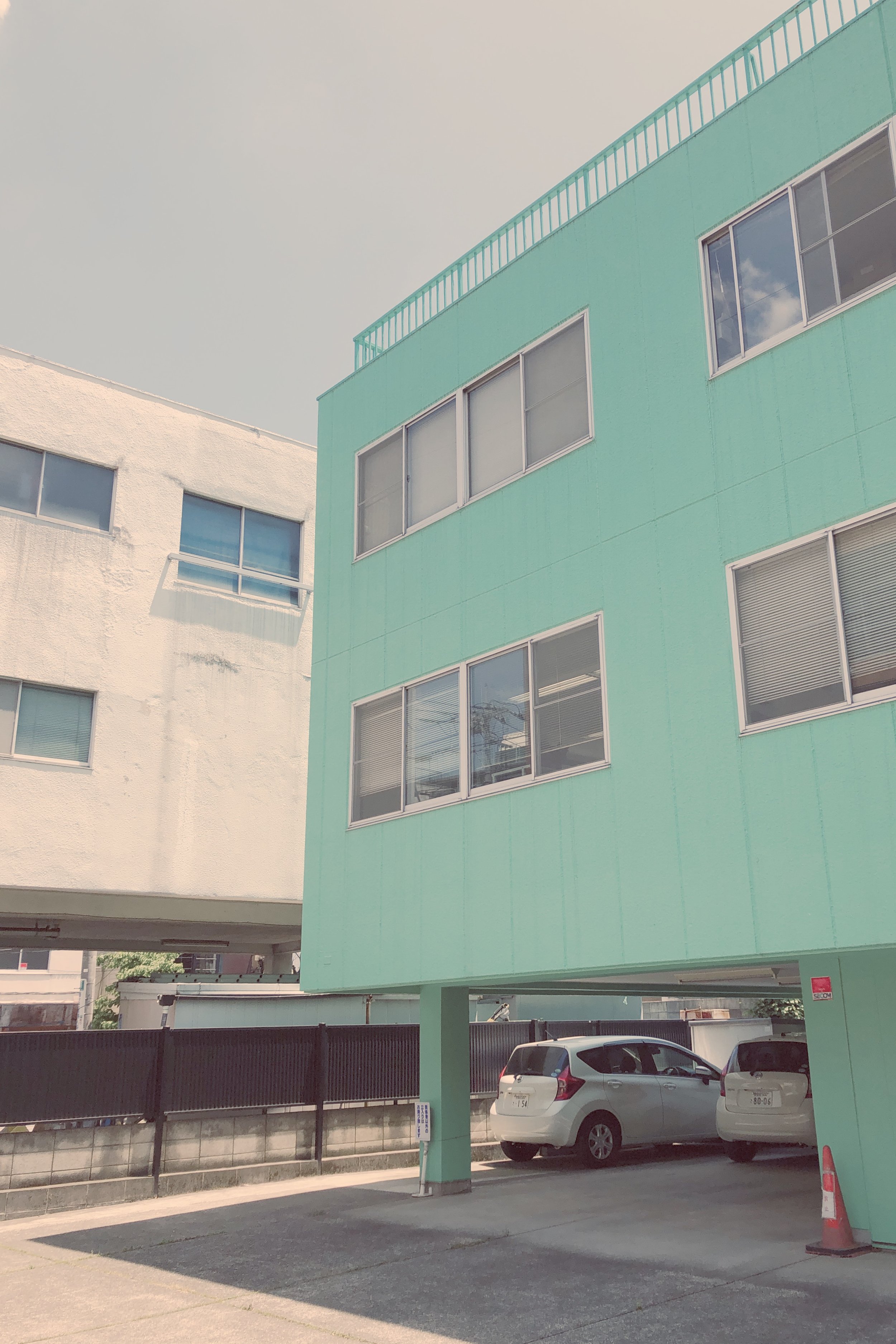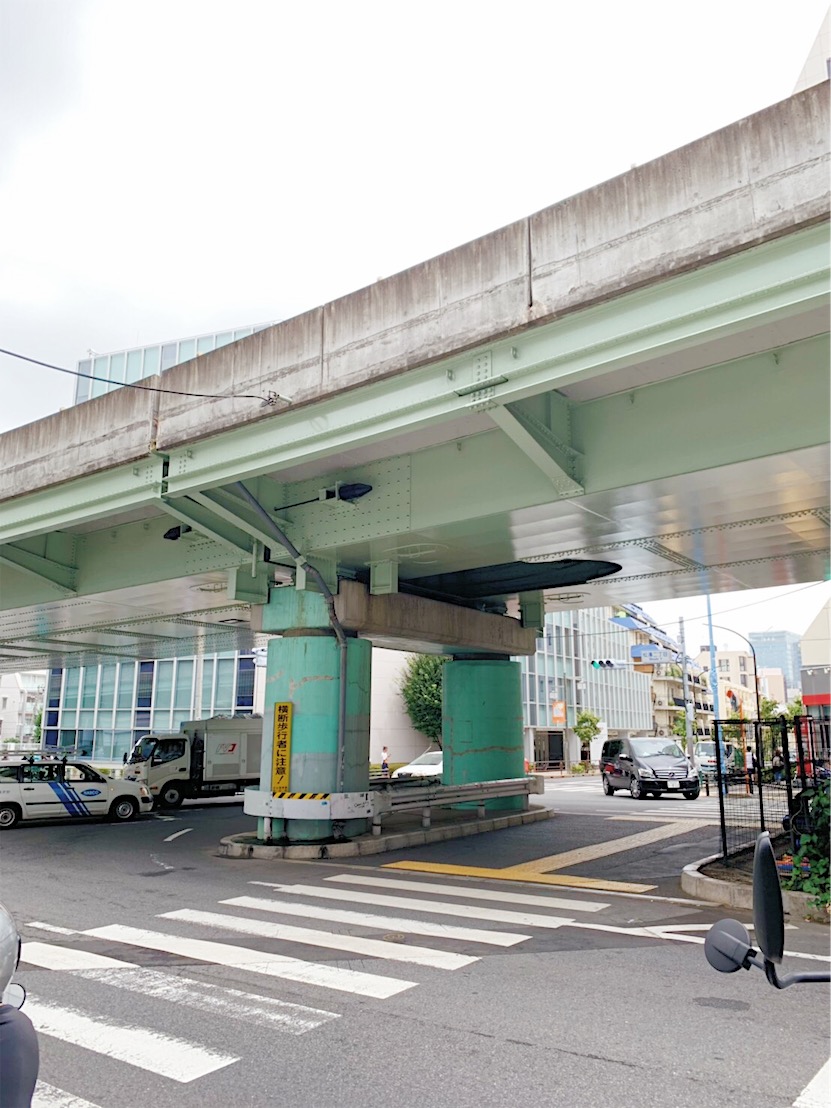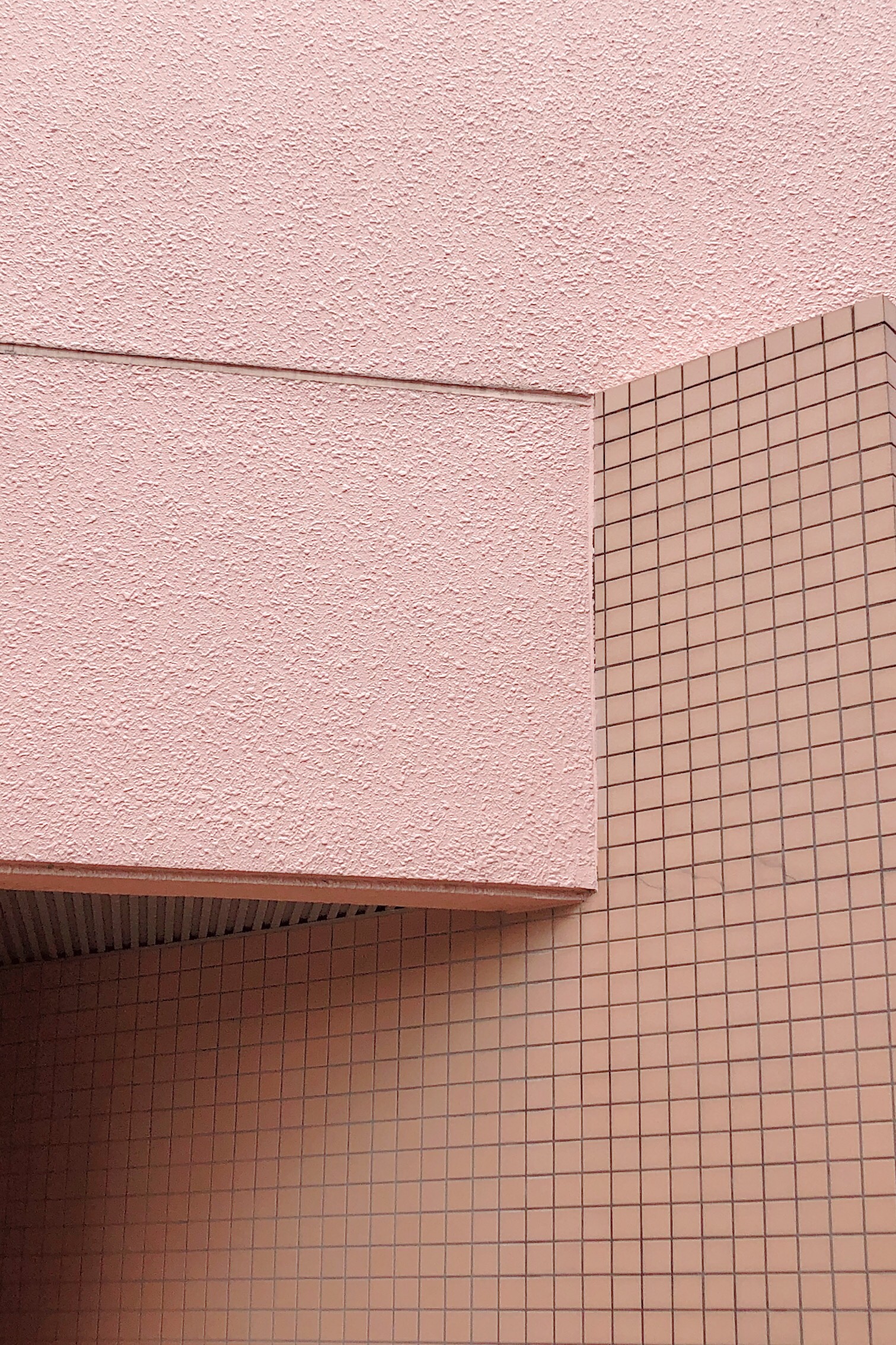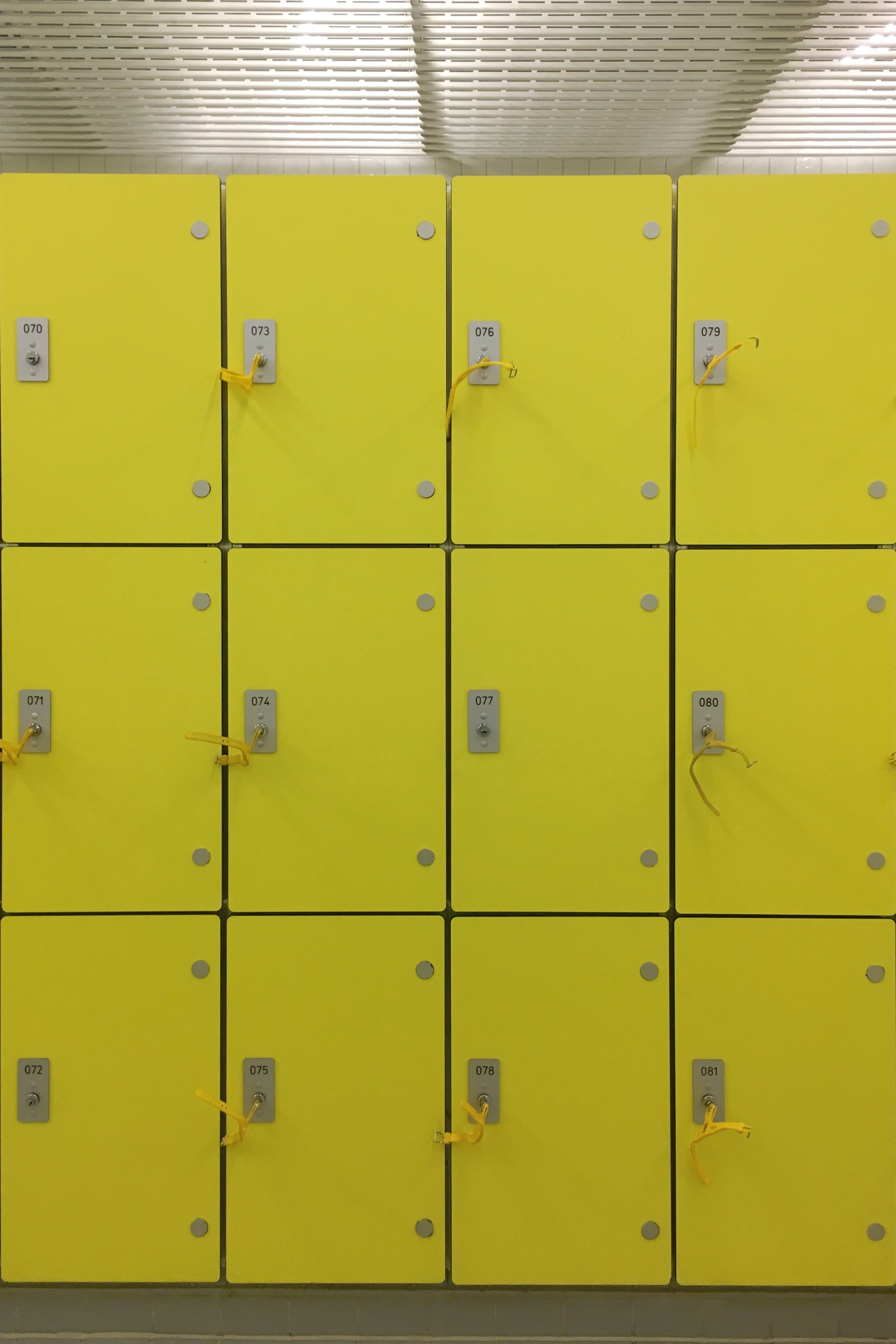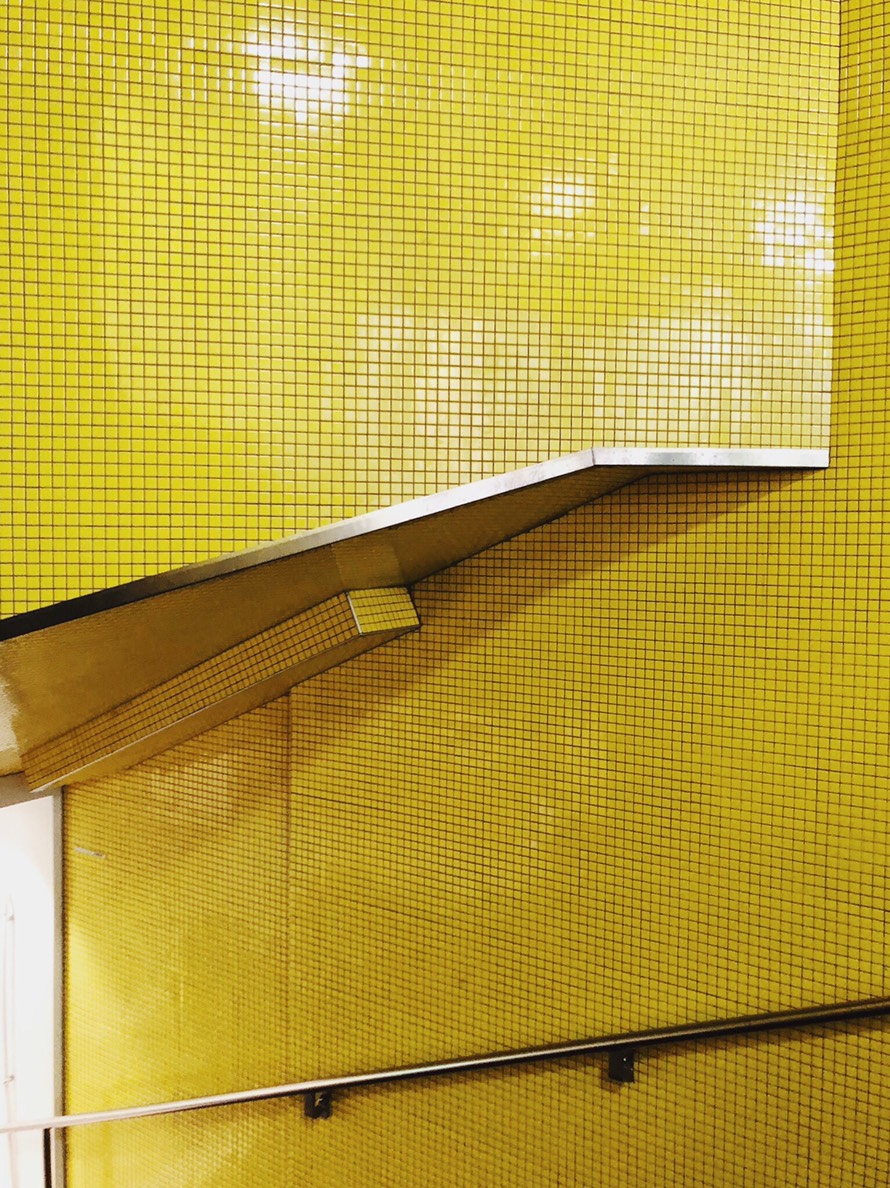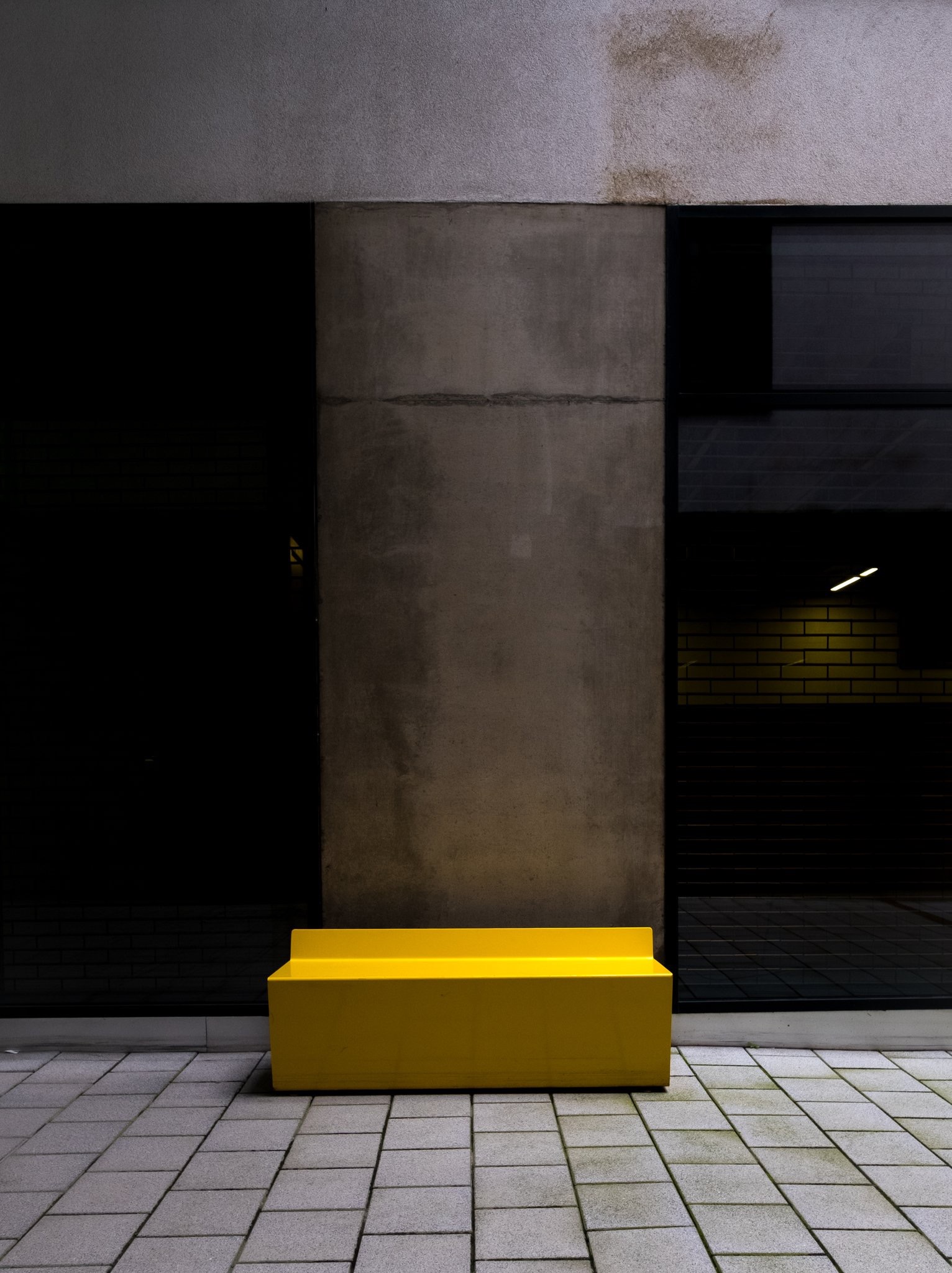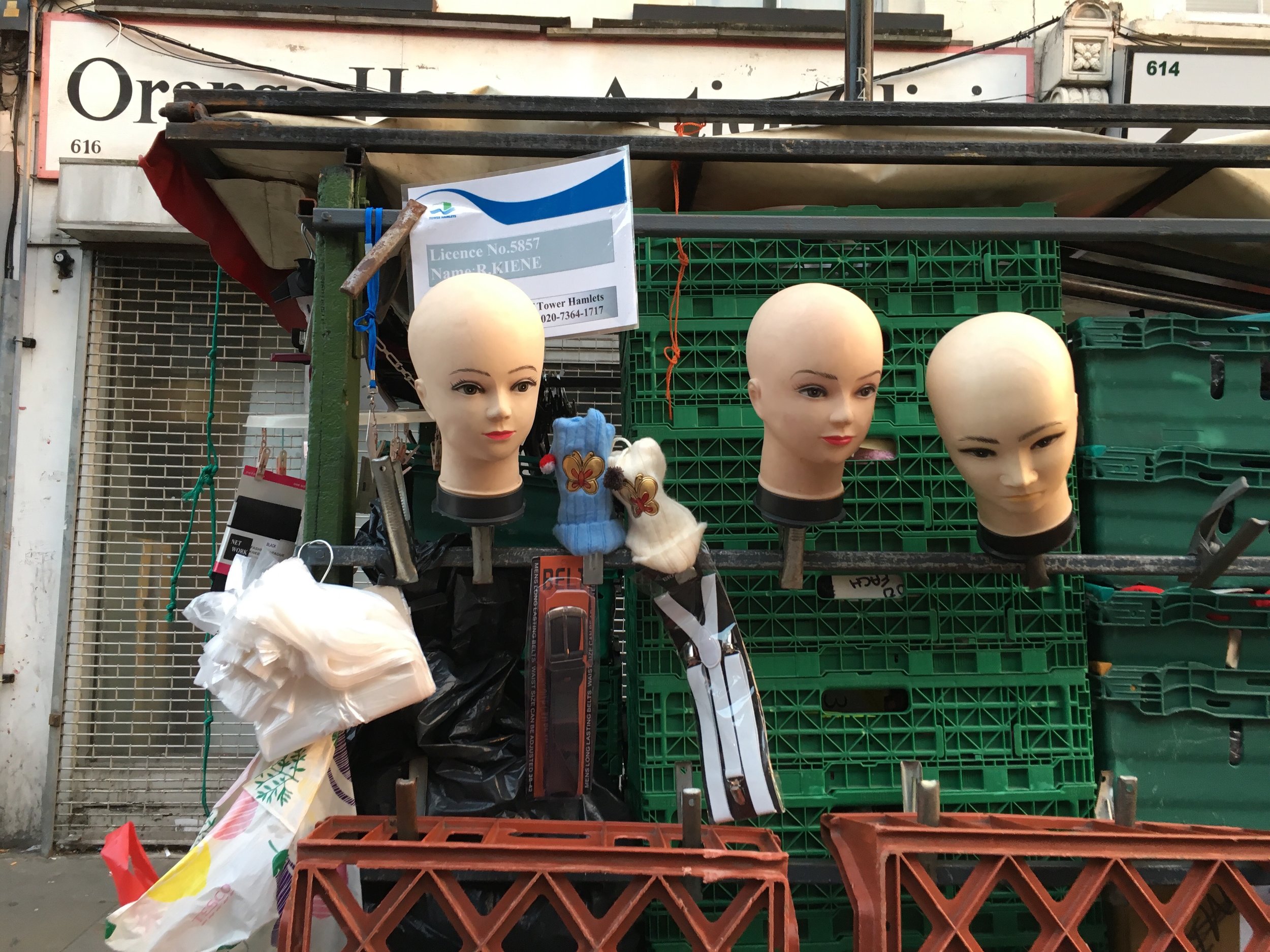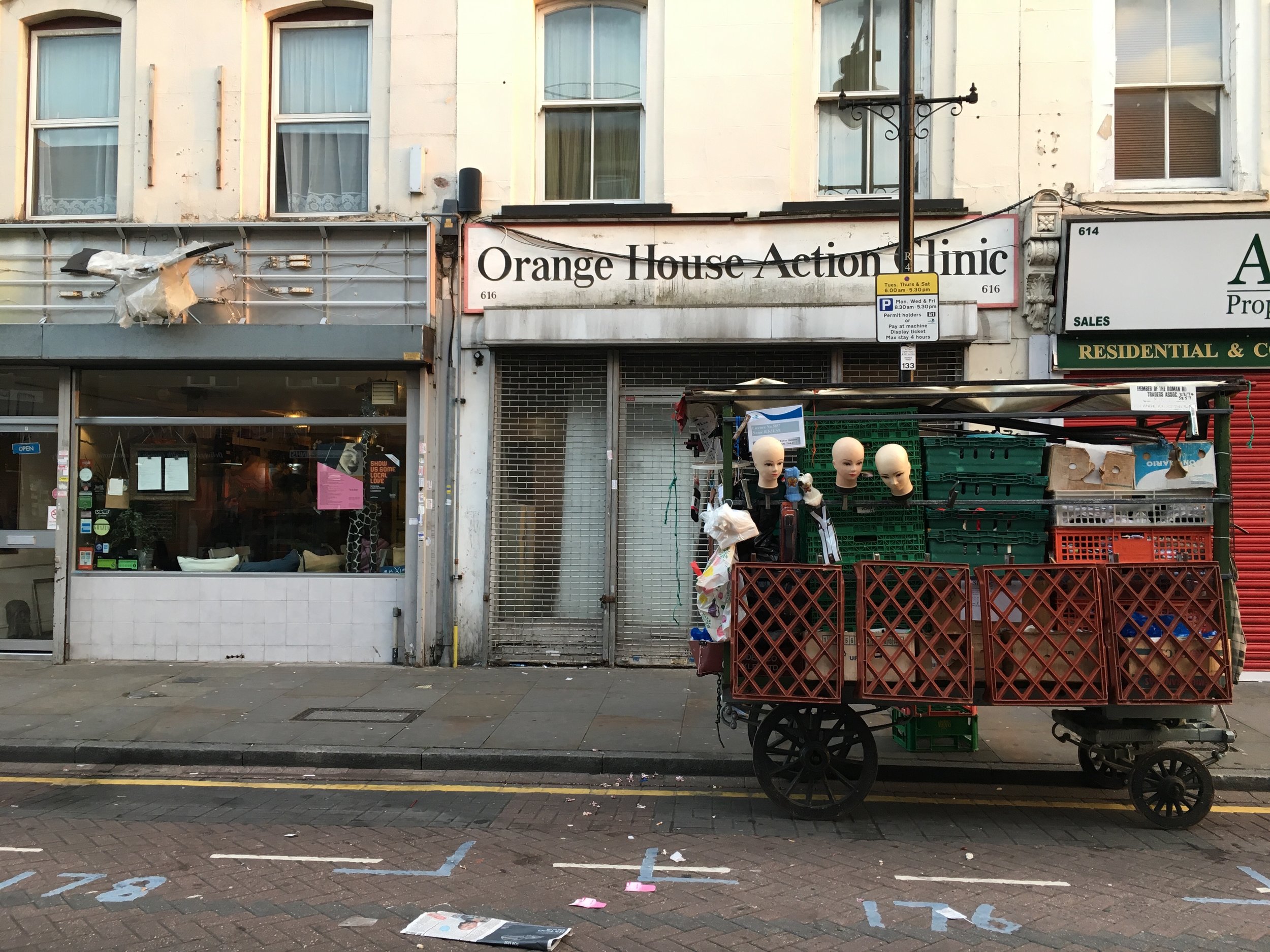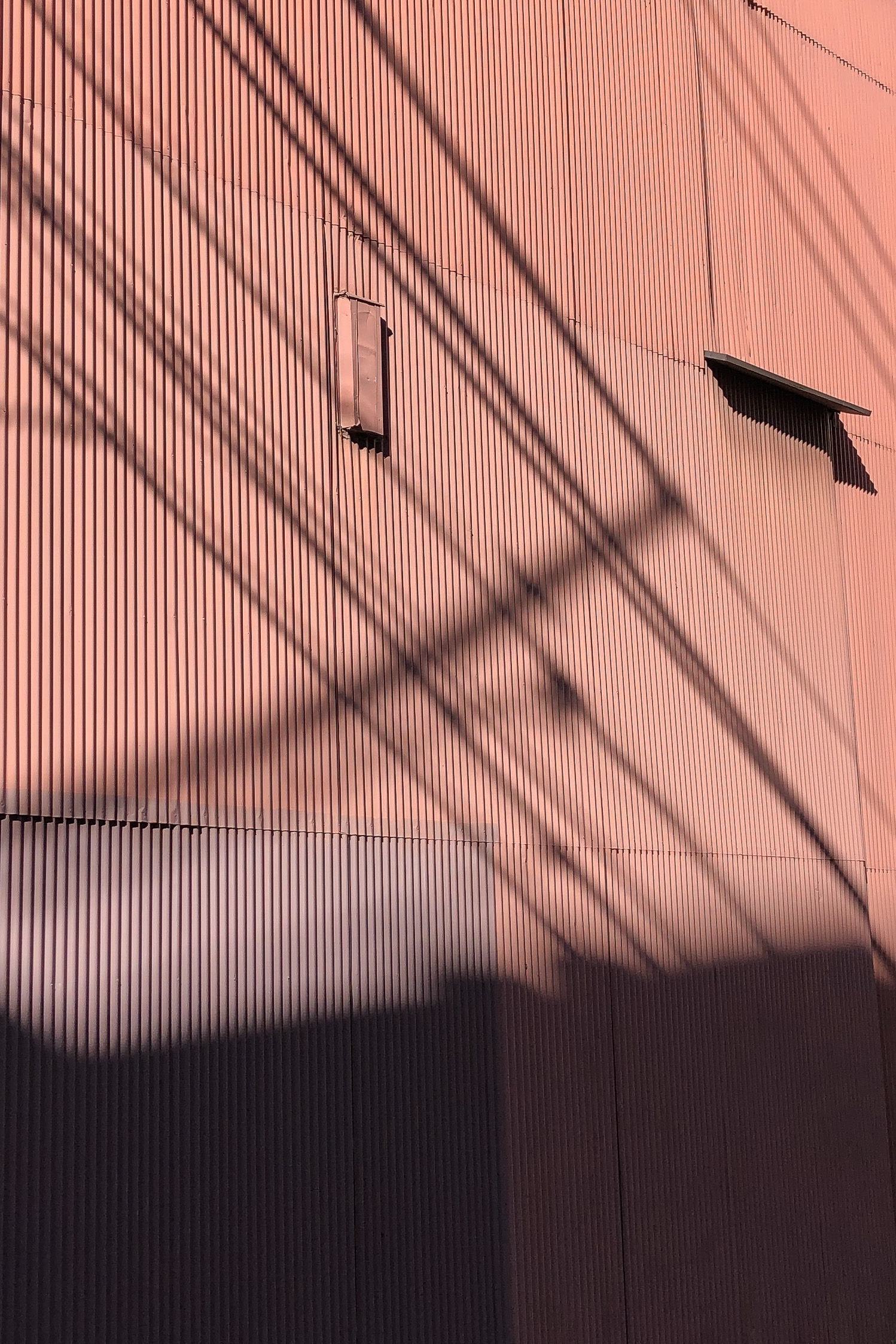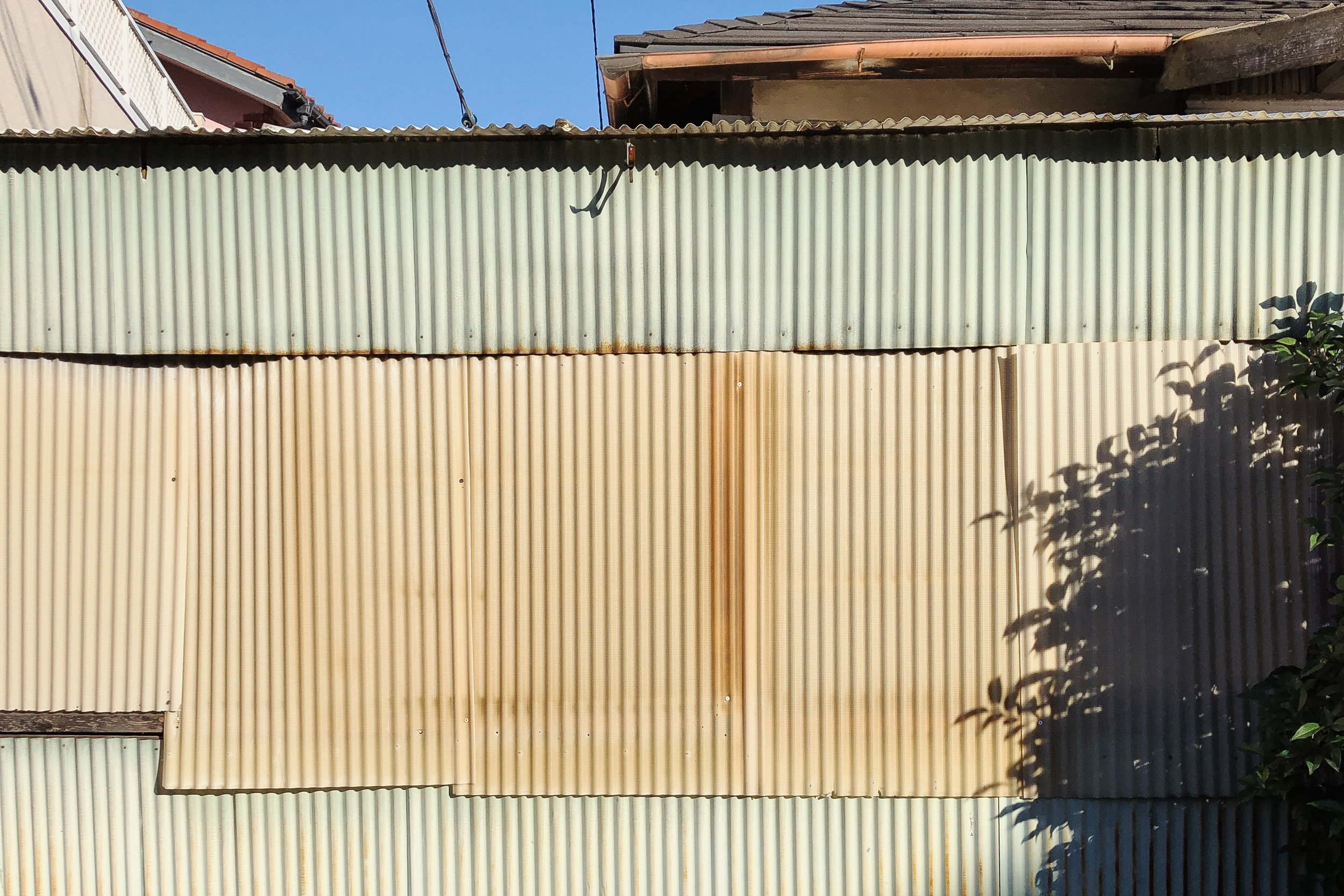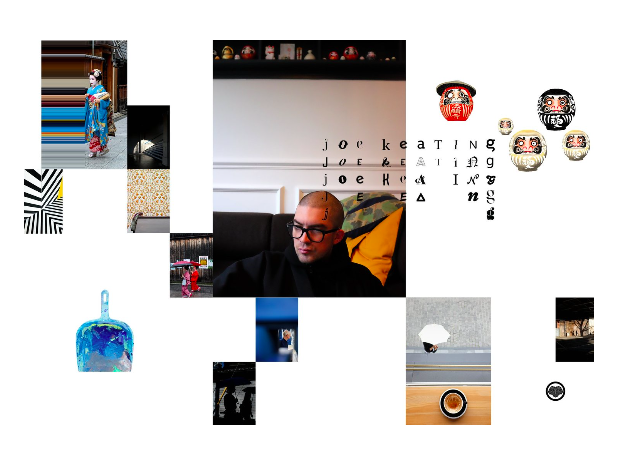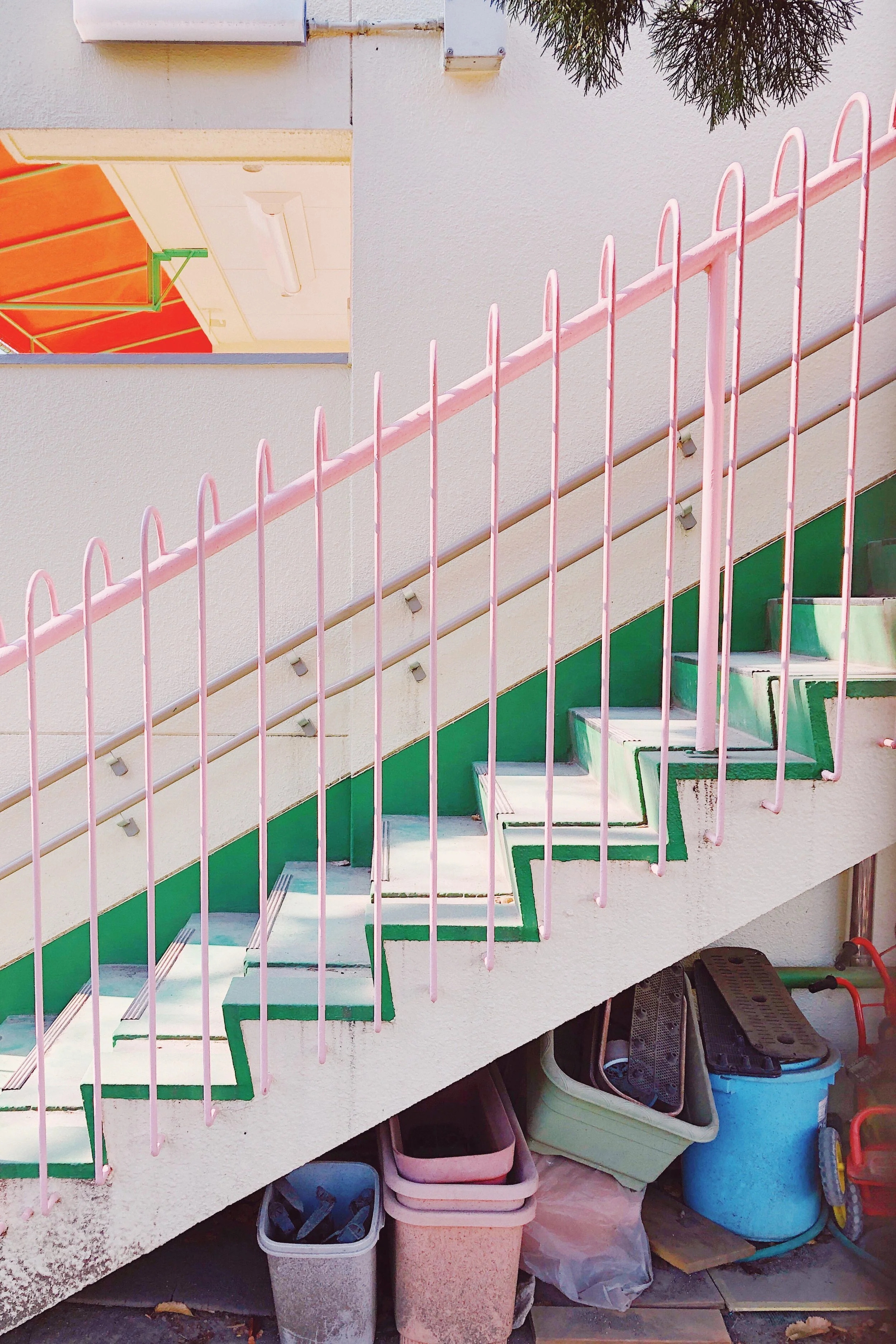“I always see the absurdity in most situations. It's my experience of how life works.”
Natasha Lyonne
We used to live in one of London’s dumping grounds.
Before the Olympics of 2012. Before Hackney Wick found itself with a shiny new Overground station and a burgeoning population of residents to snatch up the fancy new waterside abodes, not many people lived in Fish Island. It was a community of live/work art spaces. Drafty, crumbling, time weathered, cavernous places originally intended for industrial use. Not especially quaint, the streets were makeshift galleries for street and guerrilla artists. Often strewn with litter and post-semi legal rave residue, the pavements were often lined with discarded N2O cartridges. Taking up the most space amongst the random “rubbish”, trailers (among other vehicles), were a common sight.
I took pics of quite a few during our time in the area. Here are some of my favourites:
I wonder what makes certain areas more prone to fly-tipping than others? From what I observed, it’s usually an area with fewer residents and less security monitoring. An area that seems on the fringes of somehow. Places where less people will complain or make an issue of it. It’s interesting that despite the usual deterrents, (fine warnings and clamping) this still happened in the area. Can’t say that it ever bothered us. I suppose we just accepted it as part of the personality of the area. We never really understood why local authorities bothered to clamp them or stick fines on them.




